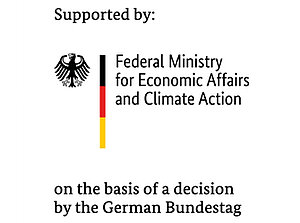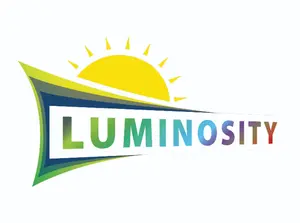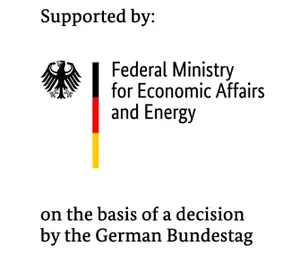VaPeroTOP
VaPeroTOP - Industrial Vacuum Processes for Perovskite-Silicon Tandem Solar Cells on TOPCon-Based Subcells
Subproject: Development of scalable PVD-based vacuum processes for interconnection and hole transport layers
The project "VaPeroTOP" focuses on the development of industrially scalable vacuum processes for a perovskite-silicon tandem solar cell on textured TOPCon-based silicon subcells. This involves, on the one hand, adjustments and further development of the silicon subcells as well as the development of the interlayers and hole transport layers of the top cell. The aim is to address a number of still unresolved issues, particularly related to the choice of materials for the functional layers of the perovskite cell, the coupling layers to the silicon subcell, and the most suitable process technologies for these. Within the framework of the subproject, the interconnection layers necessary for bonding the perovskite absorber, as well as the hole transport layer, are to be adapted primarily with regard to achieving good optical and electrical connection between the subcells at the passivating TOPCon front side contact. Based on the results achieved, the optimized process sequences will then be integrated into the production of a resulting complete tandem cell.
Funding body: Federal Ministry for Economic Affairs and Energy
Funding reference: 03EE1230A
Duration: 01.06.2025 - 31.05.2028



